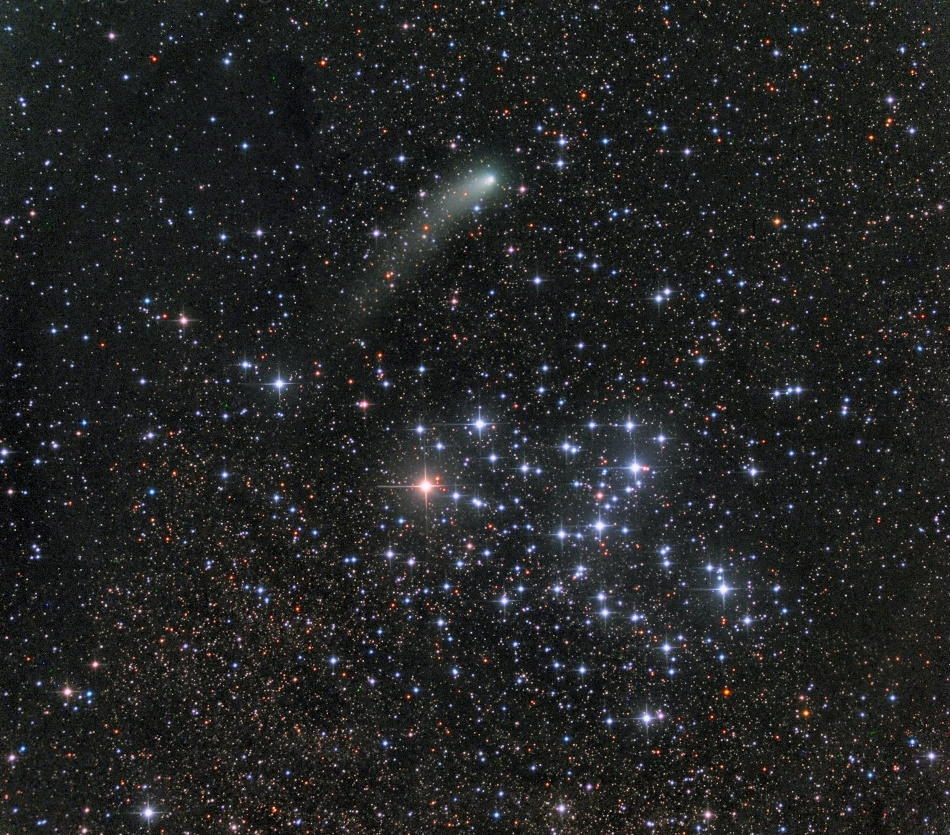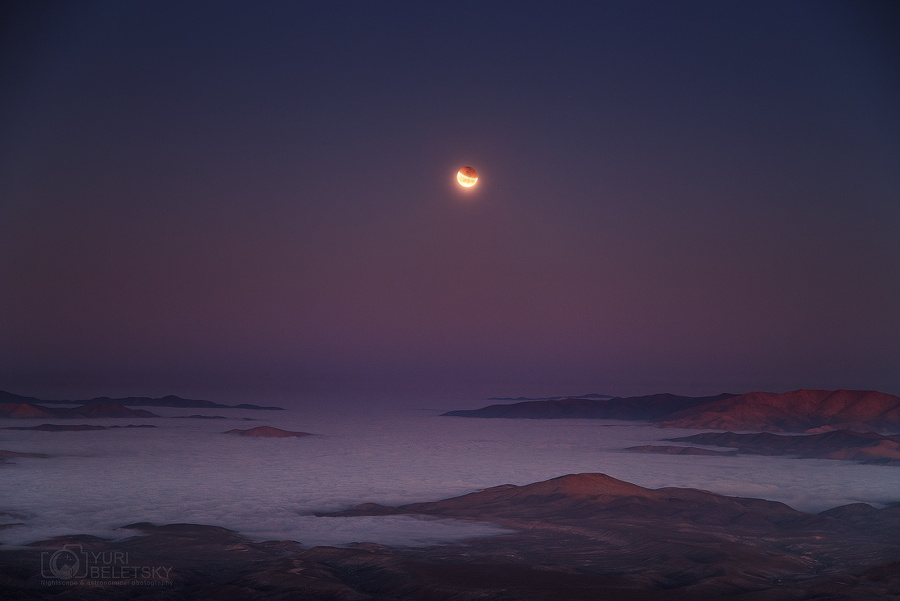Noah McCLannahan
Mr. Percival
Astronomy
10/10/2014
Johannnes
Hevelius
Johannes
Hevelius was a German-Polish astronomer. He was born
in Danzig Poland on January 28 1611. His Father’s name was Abraham Hewelke and his mother’s name was Kordula Hecker.
His parents were part of a group of wealthy brewing merchants. As a Child
Johannes was raised in wealthy family. Johannes as a child was sent to
Gądecz to study
his native language. He then started his studies at The University of Leiden.
He studied jurisprudence. Jurisprudence is the theory or philosophy of law. As
he travelled through England and France he decided to settle down in his native
town in 1634 where he became a brewer and town councilor. He became famous for
brewing jopen beer. In 1635 Johannes married a women named Katharine Rebeschke. In 1635 Johannes became part of a Beer-Brewing guild which he
led from 1643 onwards. Around 1639 Johannes became interested in Astronomy.
Johannes decided to build
an observatory in his house. This observatory was filled with many instruments.
Including a tubeless telescope of 150 ft. This telescope may have been the longest "tubed"
telescope before the advent of the tubeless aerial telescope .His Observatory was so amazing it was visited by John II and Maria
Gonzaga, king and queen of Poland. With this observatory Johannes observed
sunspots and devoted four years to charting the lunar surface. What he
discovered was that the moon's libration in longitude, and published his
results in Selenographia (1647), a work which entitles him to
be called the founder of lunar topography.
Some of his other works were, Prodromus cometicus (1665), Cometographia (1668),
and Catalogus Stellarum Fixarum (dated 1687), catalog of 1564 stars. His first wife died
in 1662 he then remarried the daughter of a merchant family. They had four
children together. Elisabeth his second wife was considered the first female
astronomer. She published two of his works even after his death. He discovered four comets in the several years
1652, 1661, 1672 and 1677, and suggested the revolution of such bodies in
parabolic tracks round the sun. On September 26, 1679 his observatory was
destroyed by a fire. His instruments and books were destroyed. He did his best
to repair the damage that had been done. He was able to repair enough to catch
the great comet of 1680. Johannes decided to name the constellation Sextans
after his lost instruments. Johannes
health had depleted from the shock of the 1679 fire, and he died on his 76th
birthday, January 28, 1687. Hevelius was buried in St. Catherine's Church in
his hometown. Johannes had a good life. He has been named the “founder of lunar
topography” and has described ten constellations. About 7 of those
constellation are still used today by astronomers. Johannes Hevelious observations and discovery
of lunar topography has been a huge help to the study of astronomy and the
world.
Works Cited
"Johannes Hevelius." Johannes Hevelius.
N.p., n.d. Web. 7 Oct. 2014.
"Johannes Hevelius." Wikipedia. Wikimedia Foundation, 6
Oct. 2014. Web. 6 Oct. 2014.


